It may not seem all that intuitive that numbers and numerical systems could be susceptible to the same kind of transformation as any other cultural phenomena. When one contemplates the concept of number, he or she must be aware that they have always been dependent on religious, social and even natural conditions of the civilization they were born in. This is a tale of how significance of one such number has been persistently neglected, even forbidden – and how it has, when finally accepted and applied, made mathematics’ stunning growth a whole lot easier.
A sole fact that zero was included into Europe’s official decimal system as late as XIII century, speaks volumes of the turbulent past of the cipher whose ambiguity and symbolism failed to be understood by older cultures. The duality I will write about weaves an entangled web of zero’s history as a symbol of nothing and zero as a number with its own mathematical properties. The first, symbolical value of zero has one important characteristic of a number as a placeholder. This is implying the significance of zero’s physical place within out positional numeric system which determines the value of number (eg., in case of number 2012, the role of zero is pivotal, concerning our decimal system – if it wasn’t for its ambiguous presence, we would mistake 2012 for 212. The presence of 2 signifies the number 2, as well as 2000).
It may sound full of common sense today, but it wasn’t always that way. We shall now take a small historical tour of “numerical museums” that helped shape the stories of science, economy, engineering…Our starting destination is Babylon, 3rd century BC, where the first signs of zero’s usage were traced. It wouldn’t even happen if it wasn’t due to some anomaly or simple mistake that sexagesimal numerical system (with the base 60) was joined by a third symbol, beside existing two. Know is a good moment to get to know this system that only utilized two symbols for depicting numbers.

Ever since 1800. BC, on territories of Mespotamia, symbols of crescent and wedge formed numbers from 1 do 59 by different types of grouping. By this were calculated periods of years transitions. For instance, number 124 is formed by engraving two wedges (two 60s) and and four wedges (four 1s). But how to indicate, for example, number 3604 – that is, that there is nothing on a certain place within number. At first, the enforced solution was to leave empty space, but from case to case it was hard to establish if there was some space left or not. Therefore, someone quite cunning – probably an astronomer – created a symbol that serves as a separator and looked like a double, slanting wedge. This was a proto-zero, although still far from today’s sense and meaning.
Many thousands of kilometers and centuries later, isolated and unknown to the rest of the globe, Mayan civilization, prospered while being undisturbed in alienated landscapes of today’s Central America. As excellent astronomers, architects and artists, Mayans manifested an enormous lack of sense for practicality. Although their development was largely halted by not having any knowledge of tool building (which was the seed of their demise), they had very complex calendars. For the second invention of zero, the crucial was the so called “Long calendar”, that measured time since the beginning of Mayan realm, 3113. year BC, until 21.12.2012.
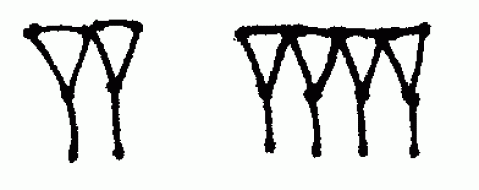
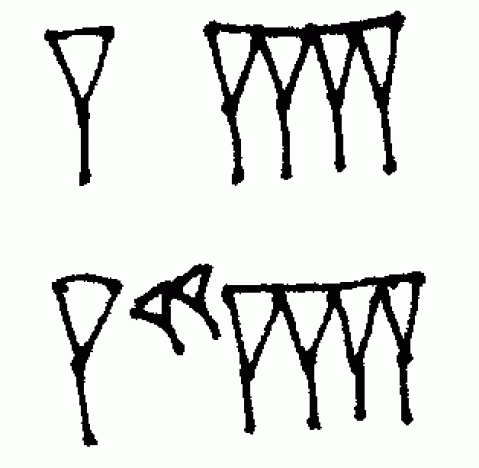
Mayan numerical system was vigesimal (with base 20) and quite complicated in formal use, with a rigid set of rules when shown graphically. Zero was a visible carrier of position system, but wasn’t used in mathematical operations.
Meanwhile, what went on in the all-important Greece? Surely enough, mathematically advanced culture such as greek had to use all the advantages of positional numerical system? Not exactly. Hellenic maths was founded on geometry and numbers were merely the way to symbolize the length of lines, which explains Greek’s antagonism towards zero . which geometric shape could correspond to something that isn’t there? Cosmology of the time wasn’t inclined towards absence of things and godless emptiness. Greek mathematicians did, however, keep record of astronomical data and some of them did use the symbol 0 as a notation for zero. One theory claims it was derived from the word “ouden”, meaning “nothing”.
East-wise, it was India’s presence that turned out to be decisive for the growth of western mathematics and everything we find familiar today. There is a certain romanticism and mystery in the fact that we owe all of our today’s scientific knowledge to India’s spiritual notions of cyclical being. Indians had no trouble with there being nothing, unlike Greeks and their linear space. In India, numbers were but a pure abstraction, which in a way was a first huge shift away from the previous paradigm by which numbers were a true reflection of physical reality. Bramagupta, 7th century astronomer and mathematician, is the man behind this numerical reformation, although it is thought that the concept of zero was at home in India tens of thousands year prior that.
Behind his novelties is an interesting memory skill – math problems were noted in the form of verses so they could be more easily memorized. For example, the words of verse “viya dambar akasasa sunya yama rama veda” have their meaning, but also a number – sky (0) atmosphere (0) space (0) emptiness (0) primordial couple (2) Rama (3) Veda (4).
“Sunya” from the aforementioned verse is exactly what signalized this nothingness. This was the final independent invention of zero that, through Cambodia, China and Arabs, reached Europe (the etymology of word “zero” iz derived from Italian “zefiro”, founded in Arabic “saphira” and “sifr” – nothing, which again was the translation of Sanskrit “sunya” – emptiness). The 9th century saw the birth of dynamic numerical canon which will be the cornerstone of all generations to come – the positional system of numbers 0 to 9. It was the birth of algebra.
Abstract Hindu mind was pregnant with another seed about to sprout – the idea of negative numbers. By glancing behind zero, suddenly there was a vast line sweeping in both directions, positive and negative, with zero as a starting point.
The road from there was winding but unstoppable. From Fibonnaci’s 1202. book “Liber Abaci”, made on basis of his travels throughout southern shores of Mediterranean in which he writes with great exaltation about arabic way of counting, through florentine merchants and bankers, benumbed by instrumentality of eastern principles to outrage of Firenze’s officials who gave their all to banish zero outside the boundaries of law because of, as they interpreted, countless liabilities to counterfeiting and scams by adding a cipher that inflates the value of number.
Decart’s coordinate systems from 17th century, the most harmonious marriage of geometry and arithmetics, marked the final triumph of this peculiar number, towards which humanity held a particular grudge in a span across the centuries. Now, it became essential: a tool without witch geometry itself was unrealizable, even the abstract understanding of cosmic origin – zero, once the outsider, has ever since been the mover the primary state from which all began.
For P.U.L.S.E World: Andrej Vidović

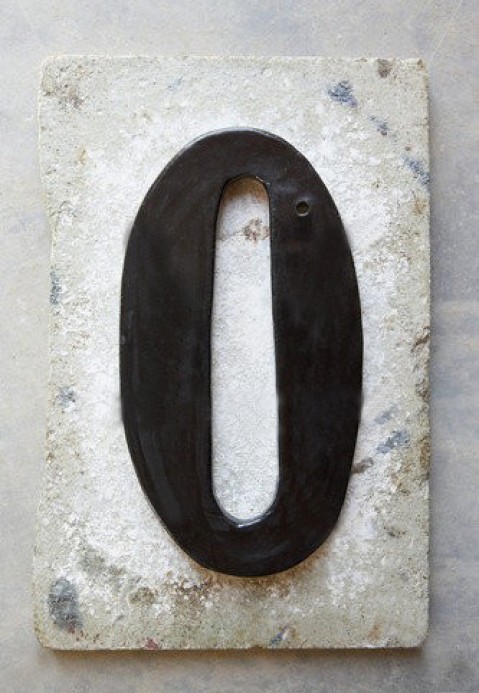
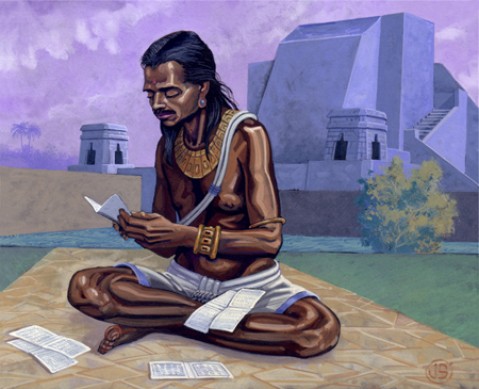
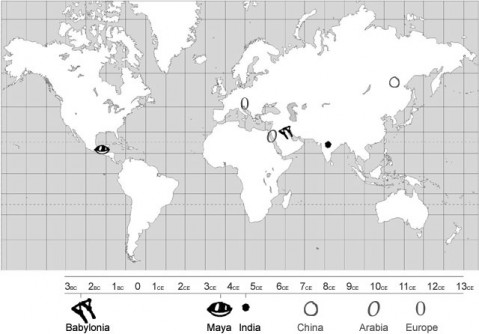
You must be logged in to post a comment Login